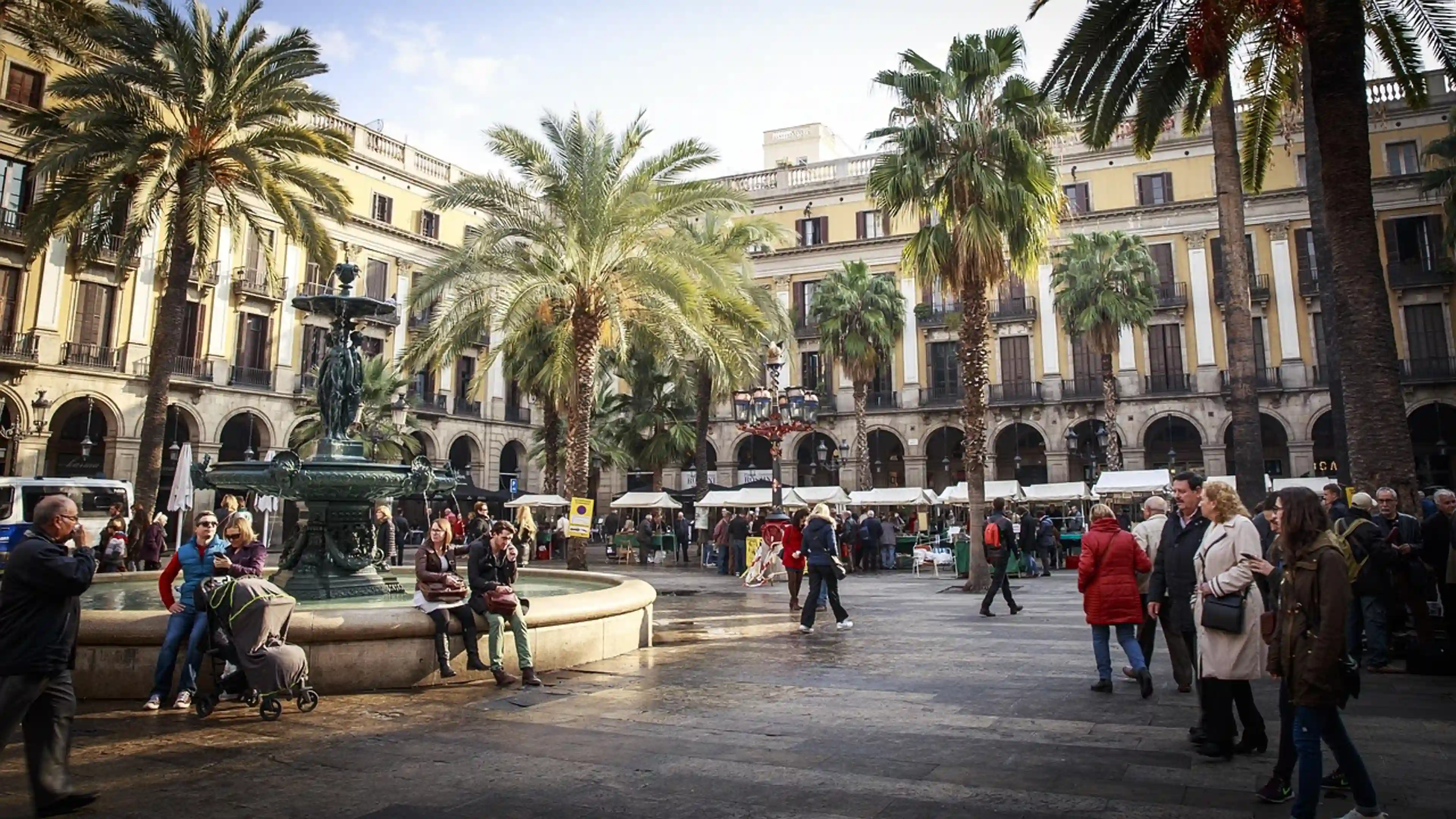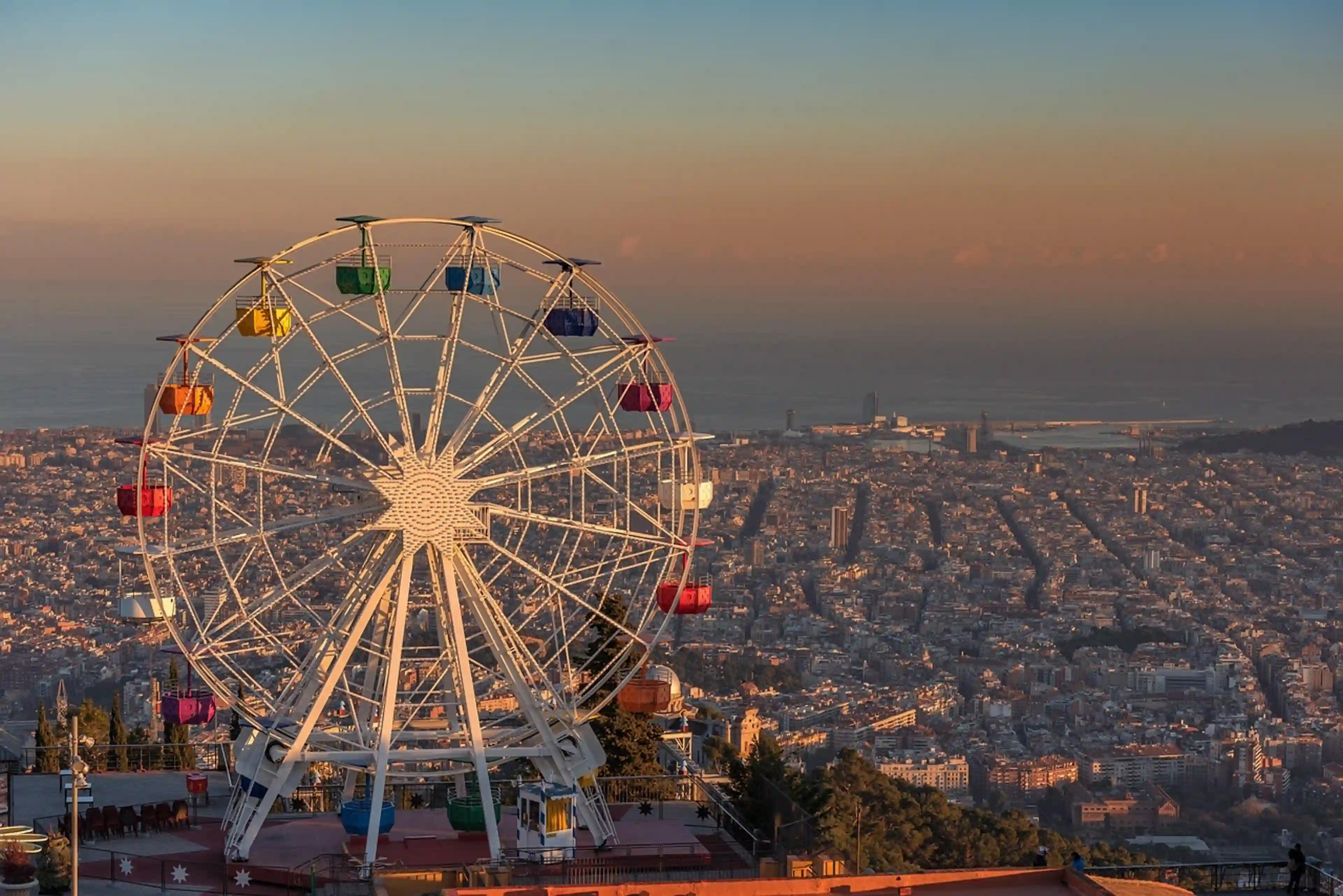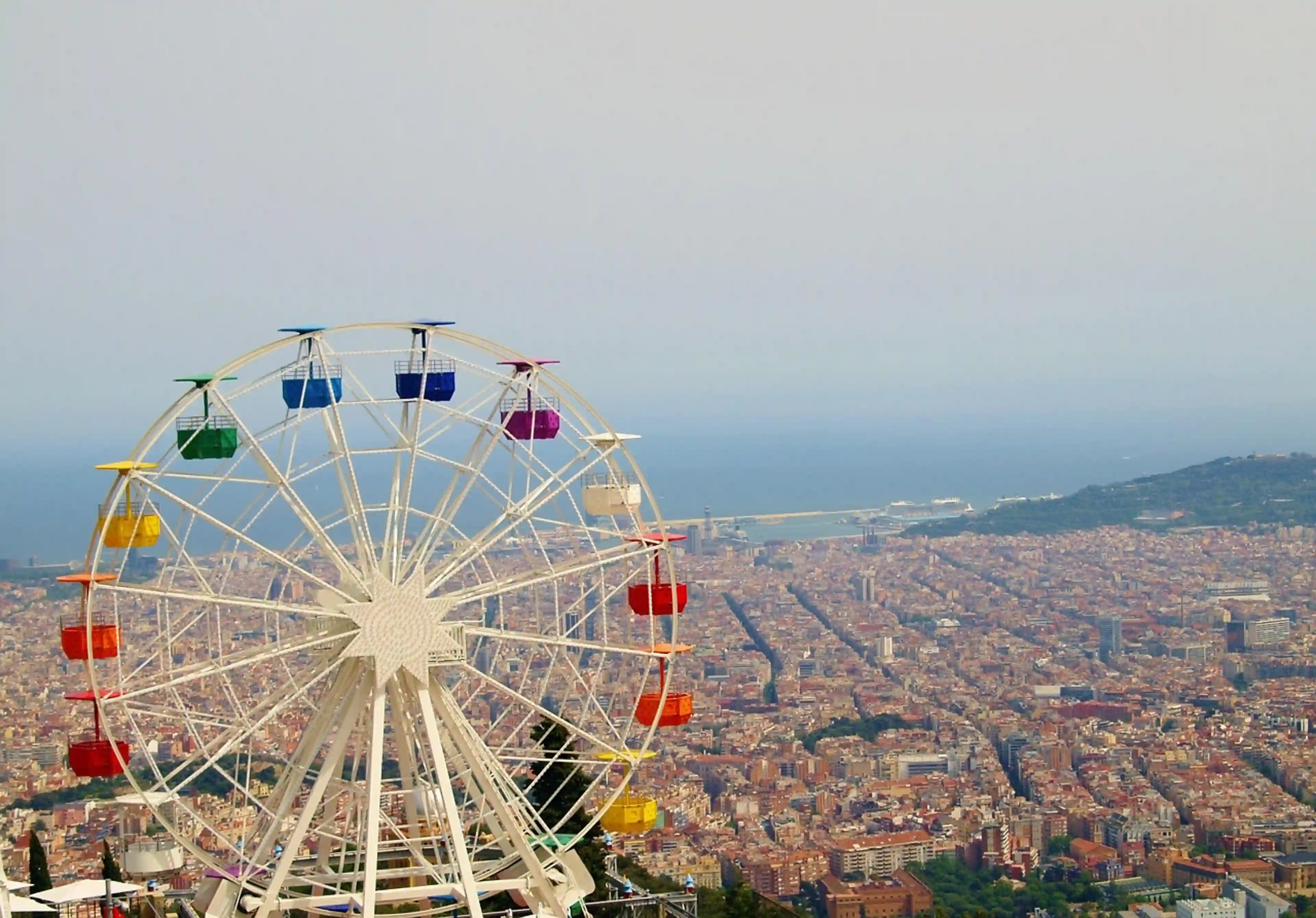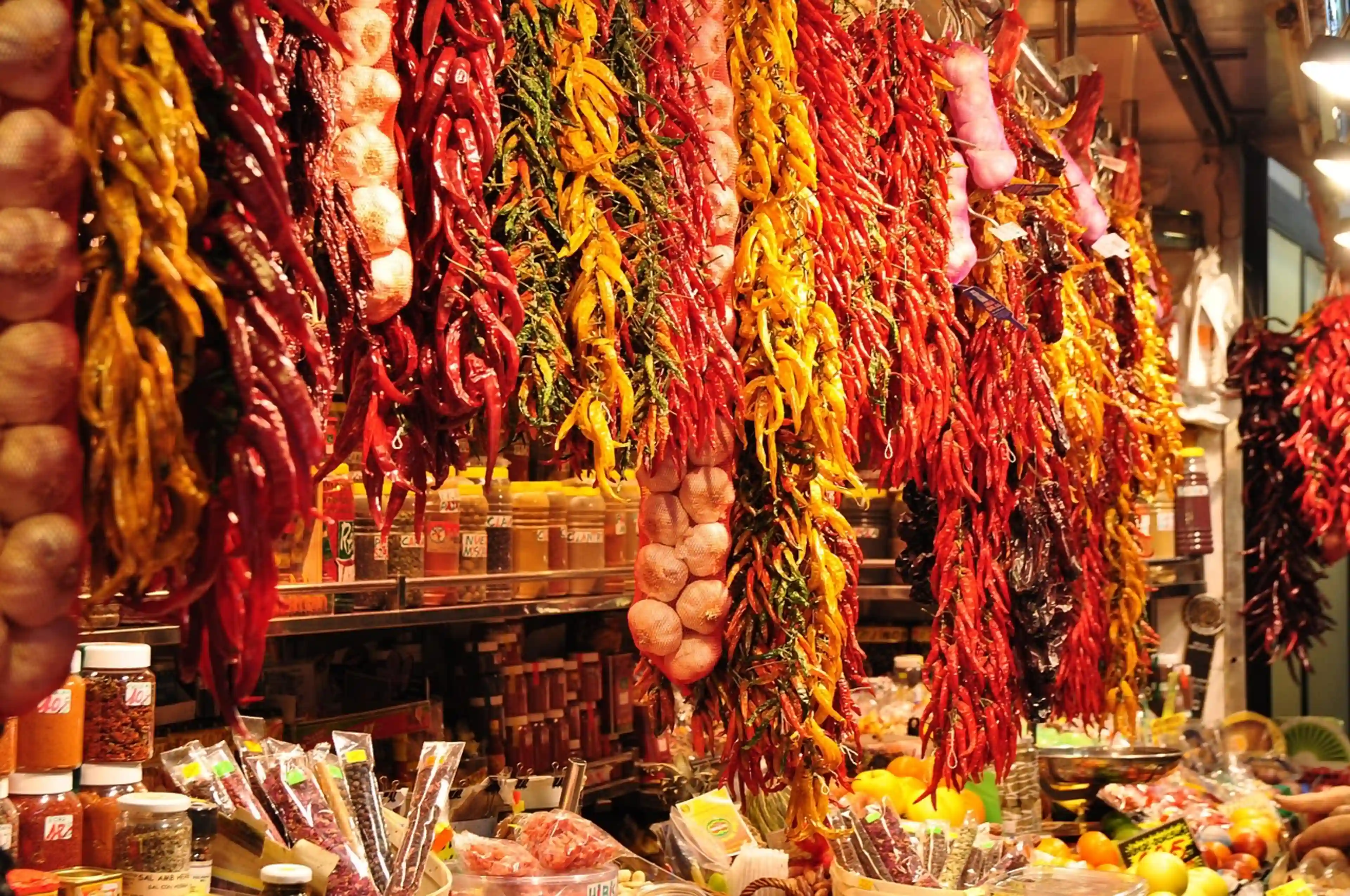Barcelona
General presentation
Top 50
History, culture & traditions
Travel advice
Wikipedia
Viator activities
Tiqets activities
General presentation
Overall presentation
As the administrative and economic capital of Catalonia, this metropolis in northeastern Spain is the second largest city in the country in terms of population and economy. Founded by the Romans, it has become an essential destination thanks to its rich cultural heritage, iconic architectural works, and constant dynamism. Every year, millions of visitors come to discover this exceptional Mediterranean city.
Geographical situation
The city thrives on the Mediterranean coast, nestled between the mouths of the Llobregat and Besòs rivers. It is bounded to the west by the Collserola mountain range, whose highest point, Tibidabo, stands at 512 meters above sea level. Its strategic position in Mediterranean Europe is strengthened by its proximity to the French border, located about 150 kilometers away and accessible via the Perthus pass.
Atmosphere and character
A cosmopolitan and lively atmosphere characterizes this destination, which harmoniously blends Catalan traditions and modernity. The festive vibe permeates the city through its numerous festivals, vibrant nightlife, and picturesque neighborhoods. The creations of architect Antoni Gaudí, notably the Sagrada Família and Park Güell, give the urban ensemble a unique and instantly recognizable character.
Climate
The Mediterranean climate offers mild winters and hot, humid summers. Summer temperatures peak at 29.9°C in August, while winter months show minimums around 6.2°C in December. This mild climate greatly contributes to the allure of the destination throughout the year.
Best season to visit
The months from May to June and September to October are the optimal periods to discover the city. During these intervals, the climate remains pleasant with moderate temperatures, while tourist crowds are more measured, allowing for a fuller enjoyment of attractions without the summer rush.
Access
The international airport Josep Tarradellas Barcelona-El Prat, located 12 kilometers south of the city center, serves as the main air gateway. Several transport options connect the airport to the center: taxis, trains from the Rodalies de Catalunya R2 line, metro line L9, and Aerobús express buses. The main train station Barcelona-Sants hosts high-speed trains serving major Spanish and European cities.
Internal transport
An especially efficient public transport network facilitates urban movements. It includes eight metro lines, a dense bus network, and trams. Tickets like the T10, valid for 10 rides, optimize visitor mobility. The city also promotes cycling with its bike lanes and bike-sharing service.
Top 50
Wikipedia
Viator activities
Tiqets activities



